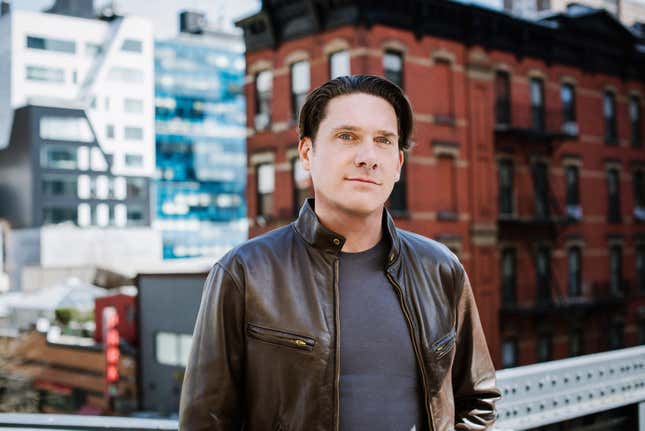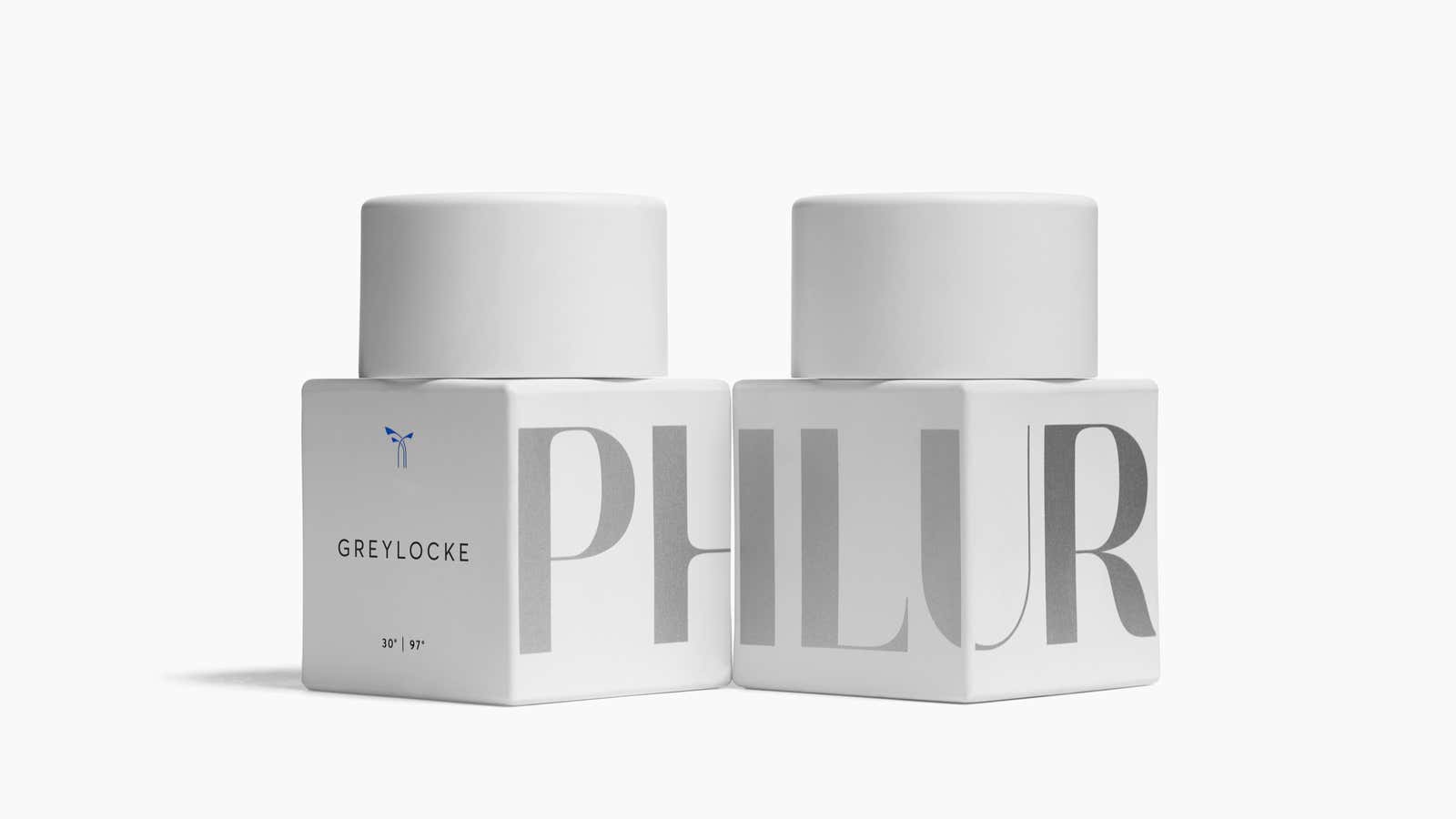The department store, and cosmetics retailers such as Sephora, are where most Americans do their fragrance shopping. It’s an experience weighted with nostalgia, but it’s not always a particularly pleasant one. You dodge sample sprayers, and sniff a nose-bewildering array of scents on those little strips of paper. Amid a chaotic, overwhelming cloud of perfumes, you try to decide in a few minutes what smell you think you’d enjoy wearing for a whole day.
A startup called Phlur, which launched its site on June 22, is taking a completely different approach, based on the same model that brands such as the eyewear company Warby Parker and clothing label Everlane have used to shake up their industries. Phlur is online only, and allows you to try its unisex fragrances at home so you can smell how they develop on your skin over the day. It claims to offer a product on par with the niche, high-end labels you find at upscale shops such as Barney’s New York—only much cheaper.
The company is the project of Eric Korman, the former president of global e-commerce for Ralph Lauren. He got the idea when, after ceasing to use cologne some years earlier, he decided to reintroduce himself to fragrance, starting with a department store. It was “awful,” he recalls, but it set him on the path to his current goal.

“I want to create a brand and a fragrance company from start to finish that rethinks the category and reignites and reengages consumers,” he says. (The name Phlur is a play on the French “fleur” and the pH level of skin.)
Despite the huge array of fragrances in department stores, three companies—L’Oréal Groupe, Coty, and Estée Lauder—control much of what you see. They sell many celebrity and designer fragrances through licenses. The selection at high-end stores is different, including smaller, premium labels such as Byredo or Serge Lutens, but they can also be two to three times more expensive.
By selling direct to consumers, Phlur cuts out the markup normally tacked on when selling through a third-party retailer, and Korman says that allows the company to create premium-quality perfumes at lower prices. (All are technically eau de parfum, which has nothing to do with gender, by the way.) Rather than spend $150 or more for a 50mL bottle of a high-end label, you’ll spend just $85 for Phlur. A set of two small sample vials to try at home costs $10.
A couple other companies—Pinrose and Commodity Goods—have also taken the digital-first approach, but their models are a bit different. “For the most part, we view this as totally white space,” Korman says.
Many of the big fragrance players don’t make their own scents. They contract houses that employ professional perfumers. Phlur worked with two of these houses. It gave the perfumers free reign to create what they wanted, guided only by visuals and music he provided, that described a mood or moment he wanted them to capture. He didn’t, however, allow them to use threatened materials on the “red list” of the IUCN, an international conservation agency, such as sandalwood. (Phlur emphasizes sustainable materials throughout, such as 20% recycled glass in its bottles.)
Korman brought in advisors with industry experience, too, and instructed them to focus purely on the scents from an artistic, rather than commercial, viewpoint. These included Anne Serrano-McClain, who owns an independent perfume label, and Chandler Burr, the author and former perfume critic of the New York Times.
In an email, Burr says he was tasked with critiquing the scents and offering direction. He believes the perfumes are ”qualitatively equal to the best collections on the market.”
Phlur provided me—a complete novice, I should mention—with samples of all six scents. The fragrances are designed to change in character when worn on the skin over time, so I tried each for a full day to test the theory. One scent, “Hepcat,” started with vetiver and what reminded me of tobacco, cherry, and florals. By the end of the day, it smelled more earthy and smooth, the floral having dissipated and the vetiver and tobacco lingering. Korman says it reminds him of the way whiskey evolves when you taste it. I could see his point.
I liked some of the scents more than others. “Siano,” made with Brazilian orange oil, smelled too sweet and heavy for me, like strong incense. (It’s one of Burr’s favorites, though.) “Greylocke” was bracing and sophisticated, centered on clear New England pine.
But to me the best part of Phlur is the thought of never having to go back to a fragrance counter again.
